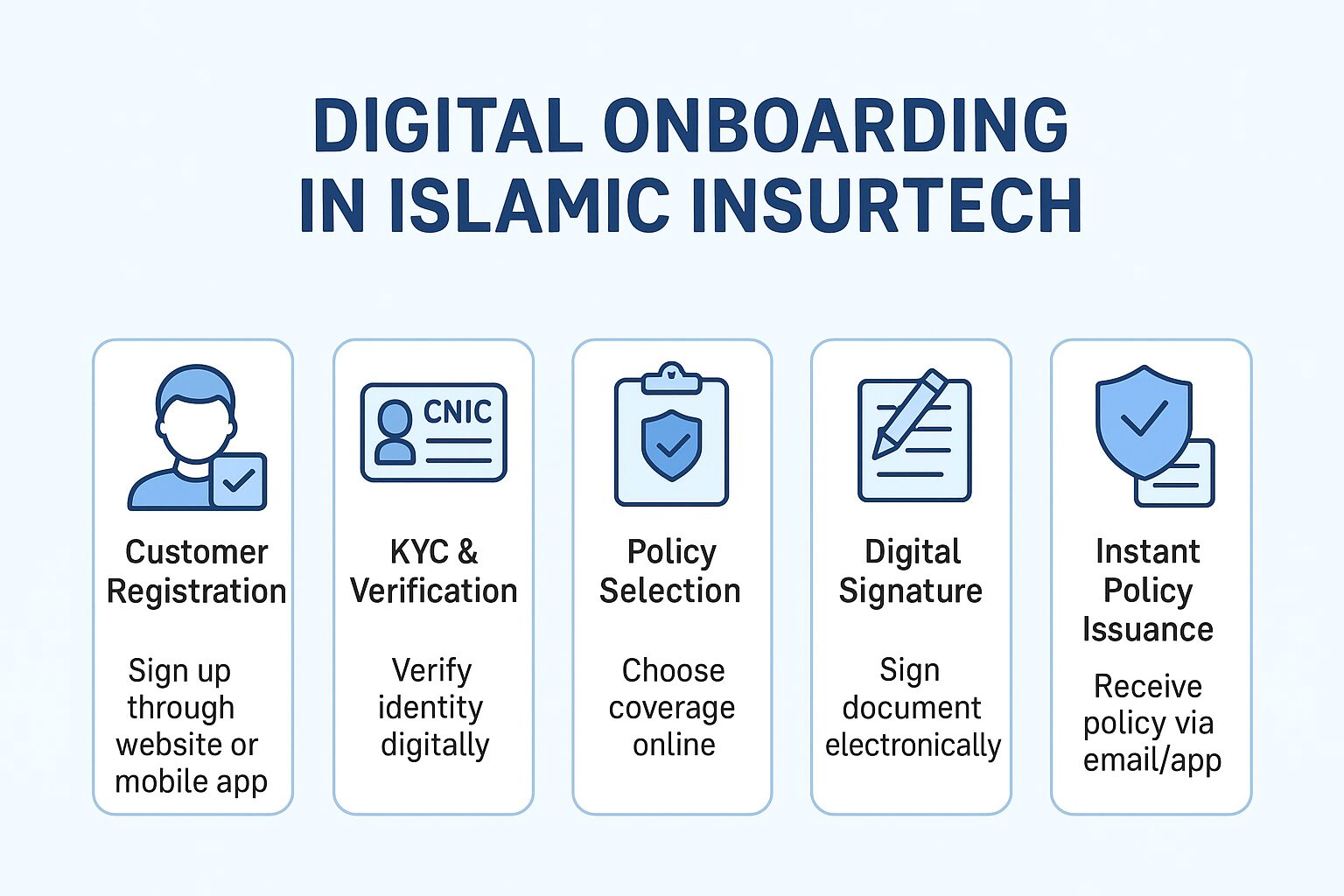Takaful Models and Their Implementation
Mudarabah Model
The Mudarabah model operates on a profit-sharing basis between the investor (rabb al-mal) and the fund manager (mudarib). It covers underwriting and investment, with profits shared at a pre-determined ratio. The underwriting surplus is the remainder after claims and reserves are deducted.
Modified Mudarabah Model
Similar to the standard Mudarabah model, this version allows Takaful operators to claim a portion of the net underwriting surplus, reinvesting the income into the fund.
Wakalah Model
Under this model, Takaful operators act as agents (wakil), managing funds and earning a fixed fee. The underwriting surplus benefits participants, making it a preferred model in the Middle East.
Modified Wakalah Model
This modified version grants operators a share of the underwriting surplus, agreed upon with participants, ensuring fair profit distribution.

Hybrid Model (Wakalah & Mudarabah)
This hybrid combines Wakalah for underwriting and Mudarabah for investment, allowing Takaful operators to earn fees and a share of investment profits.
Waqf Model
The Waqf model is based on charitable contributions, where funds are donated and managed as a trust. Participants contribute to the Waqf fund, which provides compensation in case of loss.
Saudi Arabian Cooperative Insurance Model
Saudi Arabia follows a cooperative insurance model regulated by SAMA. It mandates a 10% net surplus rebate for policyholders and 90% allocation to shareholders.
Conclusion
Different Takaful models provide various frameworks for Islamic insurance. Their implementation varies based on economic and regulatory requirements.
For more information, visit Islamic Finance.






